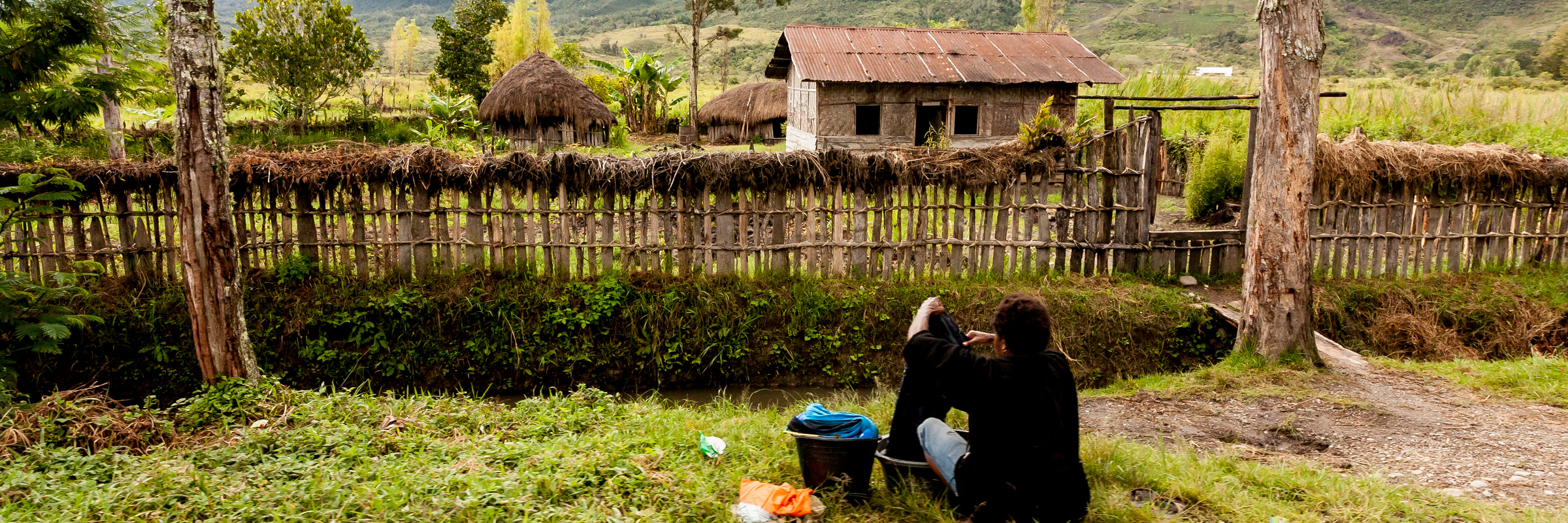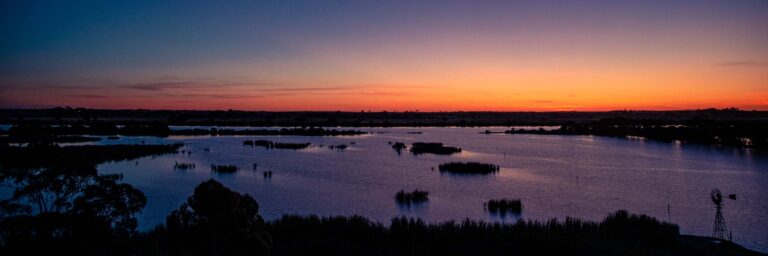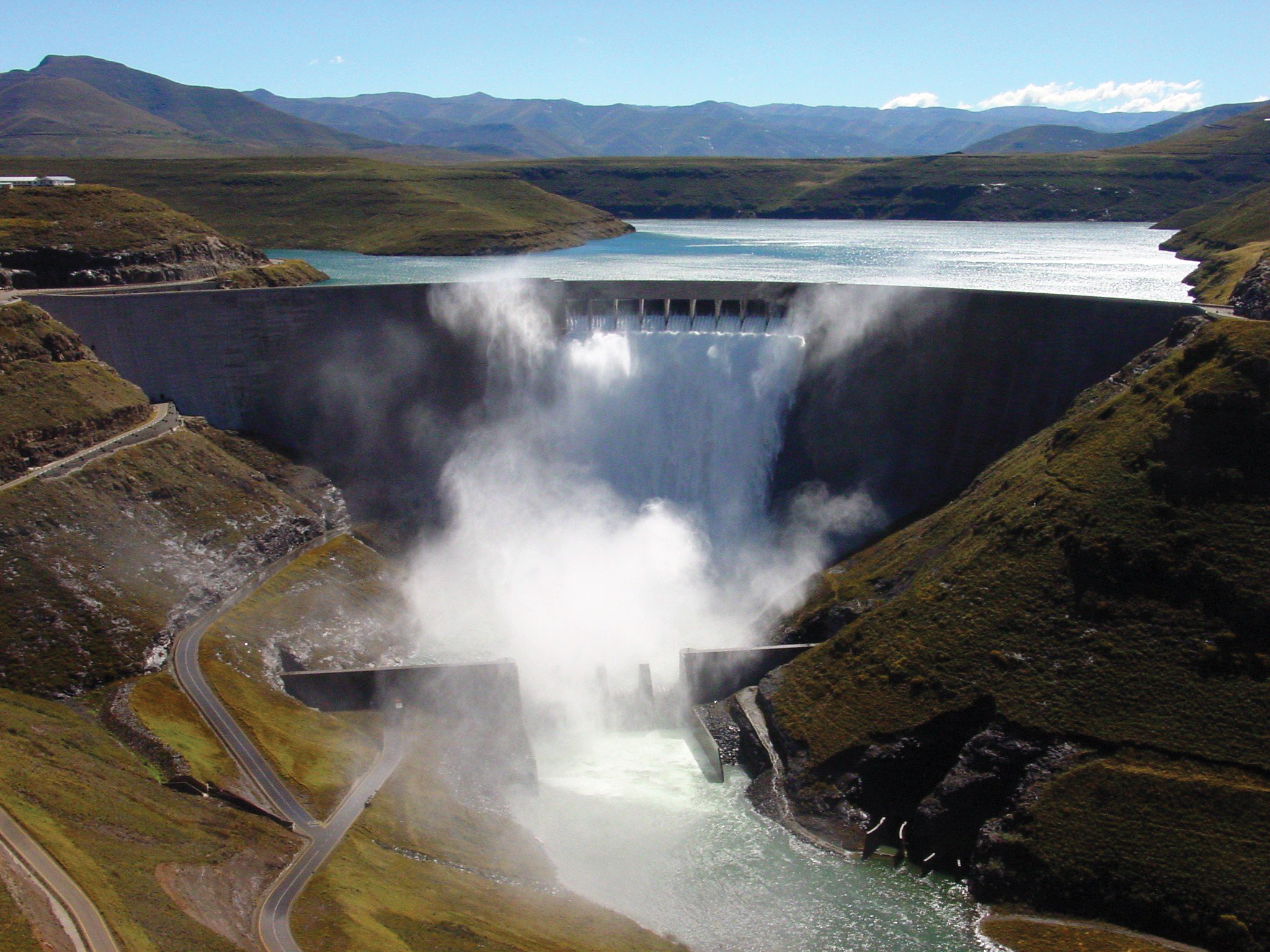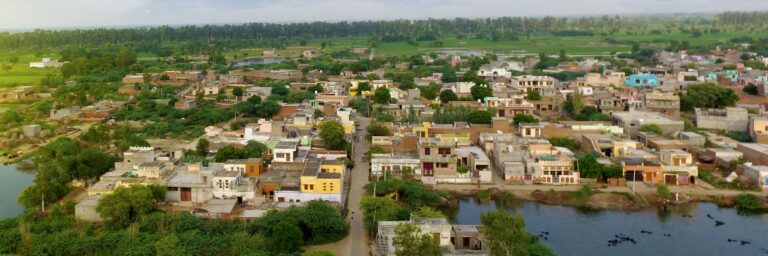
Population Growth
Pacific island countries are rapidly urbanising. In nearly every country in the South Pacific, the urban growth rate exceeds the national population growth rate (Figure 1). As a result, the urban population will double within the next 25 years. In Melanesian countries, urban growth is particularly high. Most striking is Solomon Islands; its urban population is increasing at about 4.4 per cent, almost twice the rate of national population growth — at this rate urban inhabitants will double in less than 17 years. Papua New Guinea (PNG) faces similar pressures; its urban population is expected to double by 2030, reaching about 2 million. Without adequate urban policies, planning and services, rapid urban expansion can hinder economic growth.
Figure 1: Urban Population Growth v National Population Growth source: Australian National University 2016
This increase in urbanisation brings additional pressure on the provision of planned utility servicing, in particular sanitation. This occurs in two ways:
1. Increased urban density
The average urban block of land either decreases in size or is forced to support a larger number of inhabitants through an increased building envelope. For water demand, this is usually managed by including water storage on the property. However, for wastewater servicing where reticulated sewerage is not available, the on-site area needed for treatment and transpiration has been diminished.
2. Informal and Squatter Settlements
When urban accommodation is not available, it is human nature that dictates that people will take matters into their own hands and find somewhere to live, particularly if they require cheaper accommodation than can be sourced in a town or city. Over 20% of Melanesian urban city dwellers live in informal settlements (Kiddle, 2021) and these citizens, generally, have only basic water and sanitation services. It has only been in recent times that Governments have acknowledged the need for servicing for these communities, with most water utilities now supplying piped drinking water to settlements. Sewerage provision is far less, with most relying on either pit toilets or toilets connected to a septic tank. Transpiration areas don’t exist, with many settlements located on creek or river banks. This leaves the local waterways to cope with assimilating these wastes, with most struggling under the load of the settlement plus general urban pollution.
This situation is not new, with reports by SPREP back in 1995 highlighting that ‘treatment and disposal of sewage is the most universal problem in the south Pacific Region’. The issue and causes are obvious, but a solution has been progressively deprioritised by Governments as more immediate issues such as universal water provision take priority.
With every year passing and nothing happening, the backlog created becomes larger and more difficult to service. While most Pacific urban areas don’t rely on groundwater sources close to urban areas for drinking water, the overall amenity of urban centres degrades at exponential levels as more people move to urban areas with poor sanitation.

Climate Change
The Pacific has been at the forefront of efforts to alert the world to the impact of climate change on vulnerable communities.
Fiji has pledged to transition completely to renewable energy sources by 2030 and has adopted a reforestation policy intended to store carbon in freshly planted trees. Working alongside the Global Environment Facility, the Green Climate Fund and several United Nations agencies, Fiji has activated efforts to monitor and launch rapid responses to climate-related risks.
In the international arena, Fiji has hosted high-level delegations from UN bodies to address the impact of climate change. Fiji was the first nation to ratify the Paris Agreement, which seeks to limit temperature rise to “well below” 2° Celsius. Fiji is one of 43 nations on the Climate Vulnerable Forum and has been a vocal proponent of limiting temperature rise from global warming to 1.5° Celsius. In 2017, Fiji became the first small island developing state to join the Under2 Coalition, which is an international pact among cities, states and countries committed to limiting the increase in global average temperature to below 2 degrees Celsius by either reducing their greenhouse gas emissions from 80 percent to 95 percent below 1990 levels or holding emissions to less than 2 annual metric tons per capita by 2050.
The Pacific community feels that the rest of the world is responsible for climate change, yet the steady shift of the population to urban communities means that the Pacific is becoming like other urbanised countries by developing a heavy reliance on electricity to service its needs.
At COP23, Fiji launched its first National Adaptation Plan as well as released the results of the region’s first Climate Vulnerability Assessment. It also launched its five-year and twenty-year National Development Plan (NDP), which underscores Fiji’s commitment to the principles of sustainability, carbon neutrality, climate resilience, and inclusive socio-economic development.
These actions have been translated into legislation, with the country enacting climate change legislation in 2021. Amongst other initiatives, it commits the country, and therefore its government agencies, to net zero emissions by 2050.
This will be a challenging target as it will involve a substantial change to how the country manages its energy portfolio. At present, 50% of Fiji’s energy is met by renewable energy, mainly hydroelectricity and wind generation. The country’s energy supplier, Electricity Fiji Limited (EFL), has a corporate goal of achieving 90% renewable sources by 2050. This will require substantial investment.
A key issue for water utilities in providing urban wastewater services is the provision of wastewater treatment. Traditional forms of treatment include lagoons and ponds, which then discharge to a waterway. An increasing population leads to capacity issues on these facilities, which then leads to the utility to look for treatment options that use the existing land footprint. In many cases, the contemporary solution is activated sludge processes which work well, but require significant energy to maintain operation.
This model of wastewater treatment creates an environmental inconsistency; while mitigating the effect of urban pollution on the environment we opt for energy-intensive treatment solutions which, unless offset by renewable energy usage, create a reliance on diesel powered energy sources. Renewable energy sources in the Pacific range between 10% and 50% of national energy generation, therefore it is essential that utilities explore low energy and energy offset treatment solutions, rather than opting for the high energy/low footprint options that are generally recommended.
The challenge with this approach is having an improved land use and planning model that allows sufficient space in the urban perimeter for wastewater treatment and residuals management, and ultimate expansion.
The Urban Environment
The people of the Pacific are well-known for their spiritual association with both water and land. These concepts are instilled into children from parents, and it is based on the understanding that both the land and the sea provide everything necessary for life. Caring for the Ocean is a way to honour ancestors and ensure there is a legacy to pass on to children. In Tonga, traditional fishing methods reflected deeply held values that shape how people should think and behave for the success of society. These values included respect (faka‘apa‘apa), humility (lototo), nurturing relationships (tauhi vaa) and loyalty (mamahi‘i me‘a). With these values guiding action, it meant that the ocean would thrive and not become depleted. The sea was respected. Humility was shown through asking permission from the ocean to take the fish. Loyalty to the village meant that you did not fish selfishly, as everyone needed the fish for future survival. Teresia Teaiwa, a well-known Pacific academic and poet, wrote “We sweat and cry salt water, so we know that the ocean is really in our blood.”
With this context in mind, we can see that the cities and towns of the Pacific are suffering from a lack of urban amenity and are not the best example of areas within a country that is paying respect to the ocean. In part this is due to the way in which wastewater is managed. Both the ocean fringe and the creeks and rivers leading into them are the worst single indicator of urban living practices stretching the assimilative capacity of the environment to its limits.
The population data shows that Pacific towns and cities are growing, not receding. It stands to reason then that the condition of creeks, rivers and ocean shorelines in their vicinity will only deteriorate further unless the sources of urban pollution are managed better than how they are today.
Solutions

- Curb development of unsewered areas
The poor condition of urban waterways will become exponentially worse unless new development is serviced with water and wastewater, not water alone. If reticulated sewerage is not available, it is not sufficient to deem that a septic system is adequate unless it can be demonstrated that each site has adequate soil conditions and drainage to allow for on-site treatment by transpiration. These systems must be intensively managed for ongoing compliance
- Start providing reticulated sewerage
Backlog sewerage programmes must be implemented immediately if urban waterways are to survive. There are no valid engineering or financing reasons why programmes have not commenced, it is purely social. Backlog programmes cause localised disruption for property owners, but this is unavoidable. Unlike providing water services, replacing a septic system with a reticulated network holds no real value in the eye of the property owner as they don’t see a benefit to them. As far as they are concerned, their septic system works fine. However, in most cases it is not working, it’s just that no statutory body monitors properties to determine the efficacy of on-site management.
Backlog sewerage programmes require a whole of government approach to be successful, with environmental regulators demonstrating to the community the consequences of poor wastewater management, water utilities providing the services, and town councils enforcing septage management and connection to reticulated networks.
Given their contribution to urban populations, informal settlements can’t be ignored. There is no ‘one size fits all’ solution, so innovative solutions that combine centralised and decentralised options must be considered.
- Integrate wastewater management (and water utilities) into urban planning
Wastewater management is about the provision of wastewater networks, treatment, and product disposal. Unless these three components are included in the overall master plan for a town or city, sub-optimal outcomes will occur. Developments must make provision for reticulation corridors; wastewater treatment plants need to be located where there is adequate land space and buffer zones around them. Effluent needs to be assimilated into the environment at an appropriate site, and residuals need to be managed so that they don’t add to landfills already under stress.
This level of planning cannot be done in isolation, or after the event. Water utilities need an equal space at the Planning Table to avoid poor amenity outcomes in urban growth.
- Progressively improve centralised wastewater treatment
There is a strong motivation to invest in ‘state of the art’ wastewater treatment as the single solution for a town’s wastewater issues. Equally, there are highly motivated suppliers who will supply complex treatment options that are sold as ‘turnkey’ operations.
Unfortunately, these solutions are expensive and generally untested in the local country context. A general ‘rule of thumb’ is to allow an annual recurring budget of 10% of the capital cost to cover operational costs. This is rarely implemented in the Pacific, with countless examples of failed treatment modules crumbling away at treatment plants.
A far better approach is to develop a principled approach to wastewater treatment investment, starting from the front of the plant. Ensure that the inlet structures and headworks are built first, then primary treatment, then secondary/ tertiary options. This gives the utility the opportunity for budgets and staff capability to grow as treatment improves.
- Embrace resource recovery
Wastewater should not be viewed as ‘wasted water’, likewise the residuals that are created from the treatment process. Provided treatment facilities are planned and located appropriately and adequate space is provided, wastewater can become a source of water for irrigation purposes or charging diminished riparian zones. Likewise, sewage sludge can be utilised as a soil conditioner and used as a baseline source of renewable energy.
Conclusion
The Pacific region has waited far too long before taking difficult decisions on managing wastewater in urban environments. The time for action is now, before our towns and cities lose their association with land and water and become environmental wastelands.
Wastewater management is a community issue, not a water utility issue. The solutions rely heavily on a whole of government approach that articulates the need for improved wastewater management and describes the societal benefits.
Water utilities need to adapt to the dual roles of planner and operator to ensure optimal outcomes for our towns and cities as we turn them into places our children can be proud to grow up in.
References
Asian Development Bank, Pacific Urban Development, Water and Sanitation Sector Road Map, 2021–2025: 2021
Australian National University, Pacific urbanisation: changing times, 2016
Kiddle L, Unsettled: Informal settlement living in the Pacific, 2021 Victoria University, New Zealand: Development Bulletin 82
South Pacific Regional Environment Program, 1991-1995 Action Plan for Managing the environment of the South Pacific Region, April 1992
Related
insights
 A circular economy for water: water demand and fit for purpose supply
A circular economy for water: water demand and fit for purpose supply
Australia, and the world, is increasingly seeing the effect of climate change on our water supply and security. Scarcity and drought are becoming more prevalent, placing pressure on the current water supply network, and communities are expecting better solutions. As we mark National Water Week in Australia and prepare for summer, it is time to discuss how we best utilise our existing water supplies and create a more resilient future.
 Collaboration key to successful community outcomes for water resilience projects
Collaboration key to successful community outcomes for water resilience projects
The Murray-Darling Basin is an area of vast significance to Australia. It plays a crucial role in Australia’s food supply network, producing over 40% of our agricultural produce, and is home to 35 endangered species and 16 internationally significant wetlands. It supports over 2.2 million Australians, including 40 different First Nations communities.
 Engineering achievement of the century: Lesotho Highlands Water Project
Engineering achievement of the century: Lesotho Highlands Water Project
“This project has been the dream of engineers since the 1940’s... It will be a fundamental chain link in the continued growth of both Lesotho and South Africa, and in particular the industrial heartland of Gauteng.”
 Grand to grassroots: Scaling global water resilience
Grand to grassroots: Scaling global water resilience
This year’s World Water Week theme, Building Resilience Faster, calls on all stakeholders in the sector to focus on concrete solutions to the world’s greatest water-related challenges, including water scarcity, food security, health and impacts of the COVID-19 pandemic.





